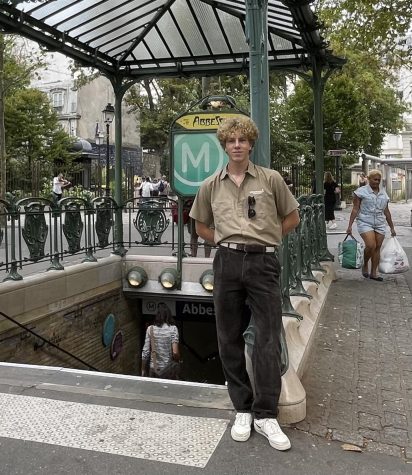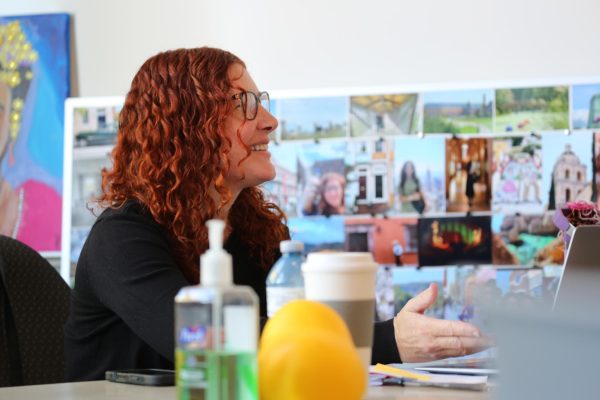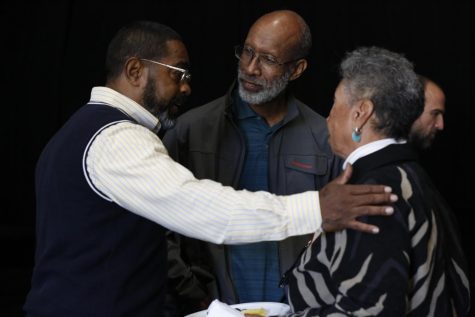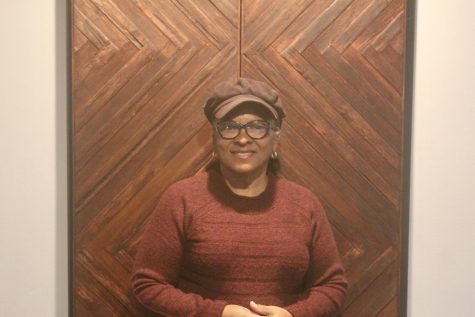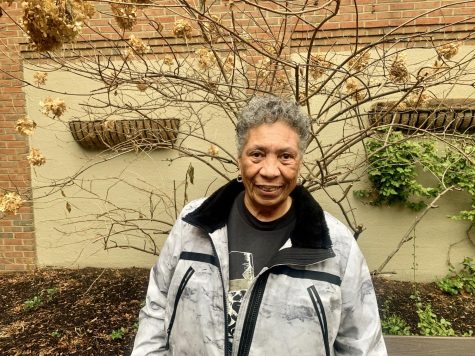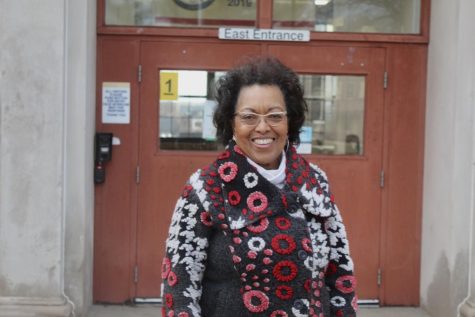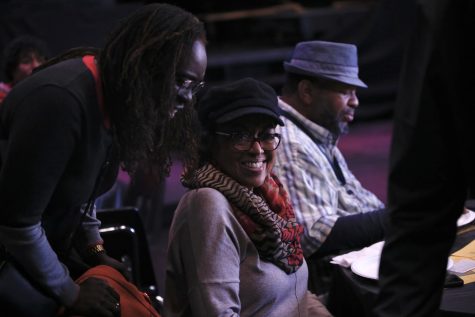Kerrytown History and Future
Braun Court, as it is today.
Sharon Hall and her 91-year-old mother, Gladys Hall, are the only original Black family left in the Kerrytown neighborhood, also known as the Old West Side. They have owned their house for 68 years; Gladys bought the house when she was 23. Back then, redlining prevented Black people from buying houses anywhere other than the Old West Side, so the neighborhood was mostly Black. Sharon, who was born in 1964, remembers how strong the community was.
“We knew everybody in the community,” She said. “Everybody basically went to the same church. All the kids went to the same school, the kids from all around the neighborhood played together. It was a wonderful little community.”
Her experience was echoed by Lisa McVety, whose family moved into the neighborhood in 1969. She lived in Braun Court, a section of houses on 4th street, across from what is now Kerrytown Market.
“It was kind of like a little hippie commune living there,” McVety said. “Everybody knew each other in those courts.”
McVety recalled having dinner with the other families in Braun Court. They would go to a different family’s house for each course, and they would always eat dessert last, in the McVety’s house.
Some of the since-closed businesses in the area included Aut Bar, a popular gay bar in Braun Court for 25 years; and DeLong’s Bar-B-Q Pit, the Wonder Bar and Clint’s Club, which were all Black-owned businesses.
When Sharon Hall was starting elementary school, Jones Elementary School closed and Hall was forced to take a 15-minute bus ride across town to attend Allen Elementary School.
“It was terrible,” Hall said. “My mom and dad fought it tooth and nail because I was going to an area I’d never been to. It was basically a white area.”
Hall was called names on a daily basis. Even though she did not understand what racism was, she knew that she was being treated differently from the other kids.
McVety also had to take a bus to Lakewood Elementary School when she switched to public school during third grade. When she was in high school, McVety attended CHS and got a job at Zingerman’s Deli when it had just opened.
Gentrification began in the area when Hall was entering junior high school. It happened slowly at first. She heard people were selling their homes due to rising taxes or getting evicted, and began noticing more white couples moving in.
“It happened so slowly that we didn’t even know it was happening until there was maybe five people around the neighborhood that we knew,” Hall said. “And then a lot of the neighbors that we knew start passing away.”
The first time she noticed anything out of the ordinary was when construction started in the lot across her street. The city was building Kerrytown Market & Shops.
McVety moved around town for some years, but by the time she moved back into the Kerrytown neighborhood as a young adult, it had become almost all-white. All of the Black-owned bars that existed in her childhood had closed their doors.
“It’s sad because [the neighborhood] was a lot more interesting,” McVety said. “Maybe it’s a little fancier, but Ann Arbor has lost some of its soul. I feel like it had a lot more character.”
Hall’s family were able to stay because her mother worked four jobs to make sure they could hold onto the house. Gladys continued working four jobs until she was 70 years old. Even as the familiar faces in the neighborhood became more scattered and Gladys aged, the Hall family stayed. Now that her mother is 91, Sharon knows she can’t move Gladys unless she has a serious health issue.
“[My mom] loves her home,” Hall said. “She loves sitting on the porch. She loves her flowers. And I made a promise that I would keep her in her home. No matter what I had to do.”
